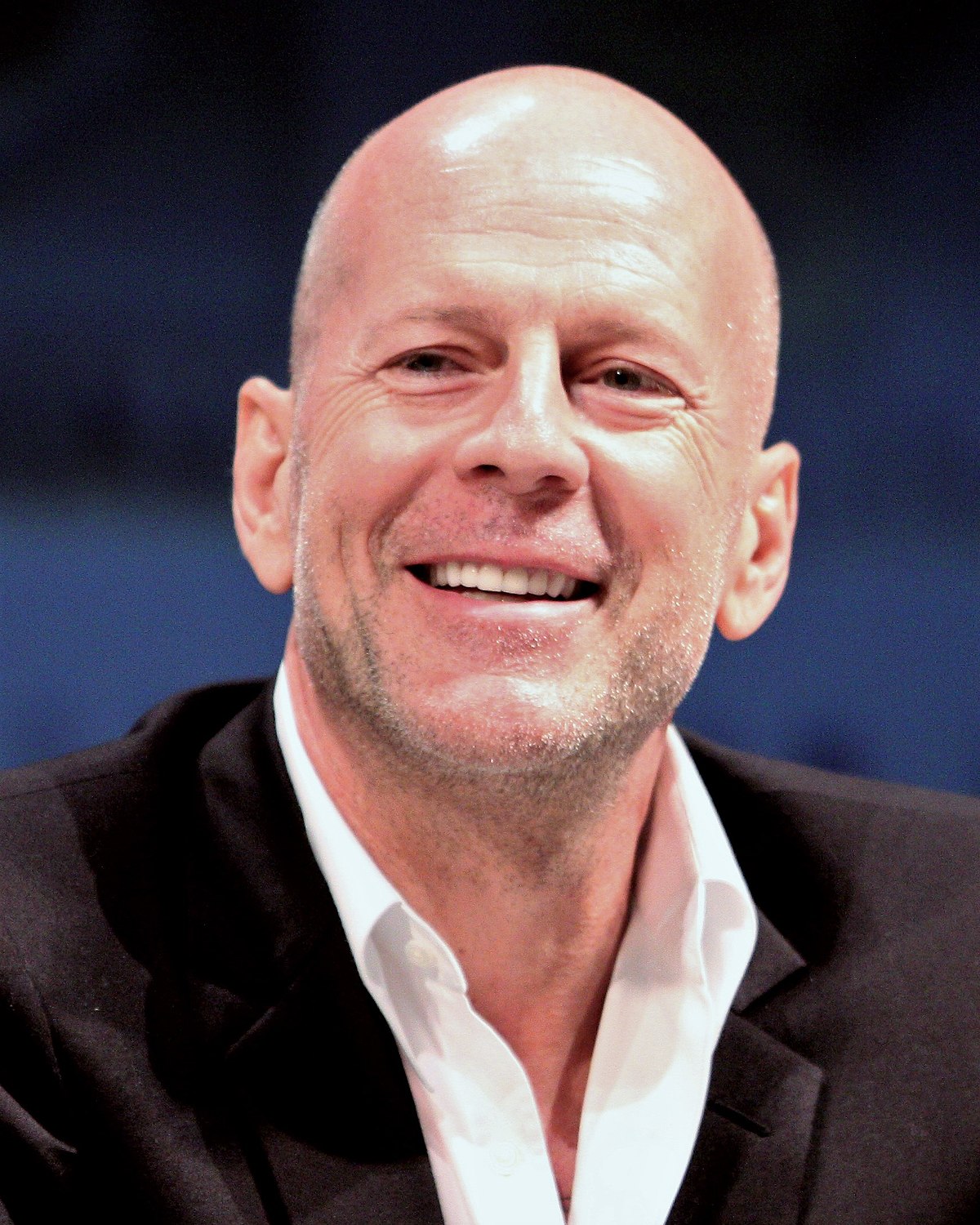The Complete Guide to Hormone-Related Skin Changes After 40
As we cross into our 40s, many of us notice changes in our skin that can feel confusing or frustrating. These shifts are largely driven by hormones, especially the decline in estrogen that happens around perimenopause and menopause. Understanding these hormone-related skin changes can help you care for your skin better during this phase of life.
One of the most noticeable effects is dryness. Estrogen plays a big role in keeping skin hydrated by stimulating natural oils (sebum) and compounds like hyaluronic acid that hold moisture. After 40, as estrogen levels drop, sebum production decreases significantly. This means your skin’s natural moisture barrier weakens and it struggles to retain water, leading to dry, tight, flaky, or rough-feeling skin—even if you keep moisturizing as before.
Alongside dryness comes thinning of the skin. Estrogen helps maintain the thickness and elasticity of your skin by supporting collagen and elastin production—two proteins essential for plumpness and resilience. With less estrogen circulating after 40, collagen levels decline faster than before (they start dropping from age 25 but accelerate later), causing wrinkles to appear more prominently on once-smooth complexions.
Another surprising change is an increase in sensitivity or irritation. The pH balance of your skin shifts with age; after about 50 years old it tends to rise above its ideal level for protecting against rashes or dermatitis. This makes older skin more prone to redness or inflammation if exposed to harsh products or environmental stressors.
Hormonal fluctuations also affect oiliness differently depending on individual factors: while many experience drier conditions overall due to low estrogen, some may see increased sebum production in certain areas like the forehead or chin because testosterone levels remain steady relative to falling estrogen. This imbalance can trigger adult acne breakouts even if you thought those days were behind you.
Additionally, lower estrogen allows male hormones (androgens) like testosterone relatively more influence on hair follicles—sometimes resulting in unwanted facial hair growth such as fine whiskers appearing where they didn’t before.
So what does all this mean for skincare after 40?
– Focus on hydration with ingredients that mimic what declining hormones no longer provide naturally: hyaluronic acid is a superstar here because it holds vast amounts of moisture and supports collagen.
– Use gentle cleansers that respect your changing pH balance rather than stripping oils away.
– Incorporate moisturizers rich in lipids (oils) which help rebuild the weakened moisture barrier.
– Consider products with peptides or retinoids carefully introduced over time—they encourage collagen production but should be used thoughtfully given increased sensitivity.
– For hormonal breakouts, maintaining consistent hydration prevents overproduction of oil caused by compensating dryness.
– If facial hair becomes bothersome alongside other changes like acne flare-ups, consulting a dermatologist about targeted treatments might be helpful.
These hormone-driven transformations happen gradually but noticeably through your 40s and beyond—not just on your face but across all exposed areas since estrogen affects overall blood flow and tissue health too.
Embracing these shifts with tailored skincare routines designed around hormonal realities lets you support healthier-looking skin at every stage instead of fighting against nature’s course alone.





